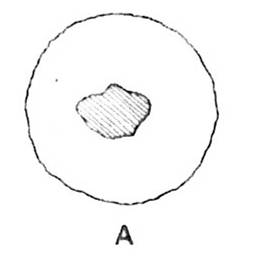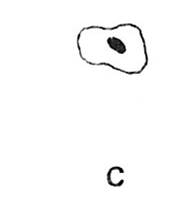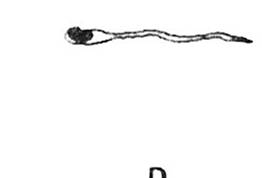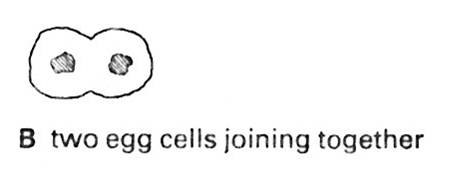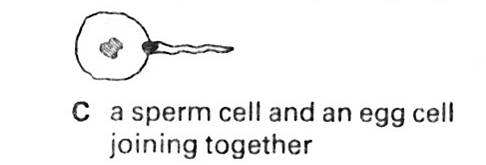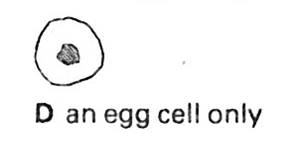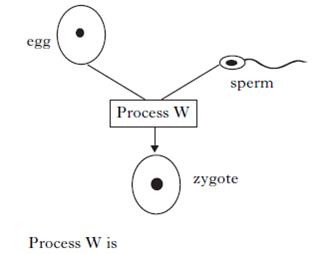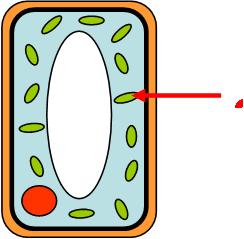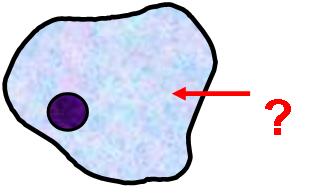| 1. 1 pts. |
A human embryo grows inside the | |
| A. | uterus | |
| B. | ovary | |
| C. | vagina | |
| D. | placenta | |
| 2. 1 pts. |
Before birth, a human embryo is protected by | |
| A. | the ovary | |
| B. | the sperm | |
| C. | a hard shell | |
| D. | a bag of water | |
| 3. 1 pts. |
Before its birth a human embryo gets its food from | |
| A. | sperm | |
| B. | a hard shell | |
| C. | the mothers milk | |
| D. | the mother’s blood | |
| 4. 1 pts. |
Which of the following cells can swim by itself? | ||
| A. |
|
||
| B. |
|
||
| C. |
|
||
| D. |
|
||
| 5. 1 pts. |
Which of the following cells is the female sex cell? | ||
| A. |
|
||
| B. |
|
||
| C. |
|
||
| D. |
|
||
| 6. 1 pts. |
A new animal will develop from | ||
| A. |
|
||
| B. |
|
||
| C. |
|
||
| D. |
|
||
| 7. 1 pts. |
The fluid in which the developing embryo is protected is called the | |
| A. | amnion | |
| B. | placenta | |
| C. | ovary | |
| D. | oviduct | |
| 8. 1 pts. |
In which structure does fertilisation occur | |
| A. | uterus | |
| B. | ovary | |
| C. | oviduct | |
| D. | vagina | |
| 9. 1 pts. |
What is the function of the testes? | |
| A. | protect the penis | |
| B. | feed the developing embryo | |
| C. | produce eggs | |
| D. | produce sperm | |
| 10. 1 pts. |
The diagram below shows a stage in the process of reproduction.
|
||
| A. | egg production | ||
| B. | birth | ||
| C. | fertilisation | ||
| D. | sperm production | ||
| 11. 1 pts. |
The red arrow is pointing to a structure in a cell. What type of cell is this and what is the function of the structure? | |
| A. | It is a plant cell and the structure controls entry and exit of materials into/ out of the cell | |
| B. | It is an animal cell and the structure controls entry and exit of materials into/ out of the cell | |
| C. | It is a plant cell and the structure controls the functions of the cell | |
| D. | It is an animal cell and the structure controls the functions of the cell | |
| 12. 1 pts. |
In an animal cell, wher the chemical reactions occur? | |
| A. | nucleus | |
| B. | cytoplasm | |
| C. | cell membrane | |
| D. | cell wall | |
| 13. 1 pts. |
A boy examined a cell under the microscope. In the cell he could see the nucelus, a cell wall, but no chloroplasts, nor a vacuole. The boy was looking at a | |
| A. | plant cell from a leaf | |
| B. | animal cell because plant cells contain chloroplasts and vacuoles and there were none present | |
| C. | plant cell, but the plant cell was not from a green part of the plant | |
| D. | animal cell because all plant cells must contain chrloroplasts because plants photosynthesise | |
| 14. 1 pts. |
What is the function of the structure the arrow is pointing to?
|
||
| A. | control the functions of the cell | ||
| B. | store genetic information of the cell | ||
| C. | site of photosynthesis | ||
| D. | site of all the chemical reactions in the cell | ||
| 15. 1 pts. |
What is the function of the structure to which the arrow is pointing?
|
||
| A. | control the functions of the cell | ||
| B. | store genetic information of the cell | ||
| C. | site of photosynthesis | ||
| D. | site of all the chemical reactions in the cell | ||

